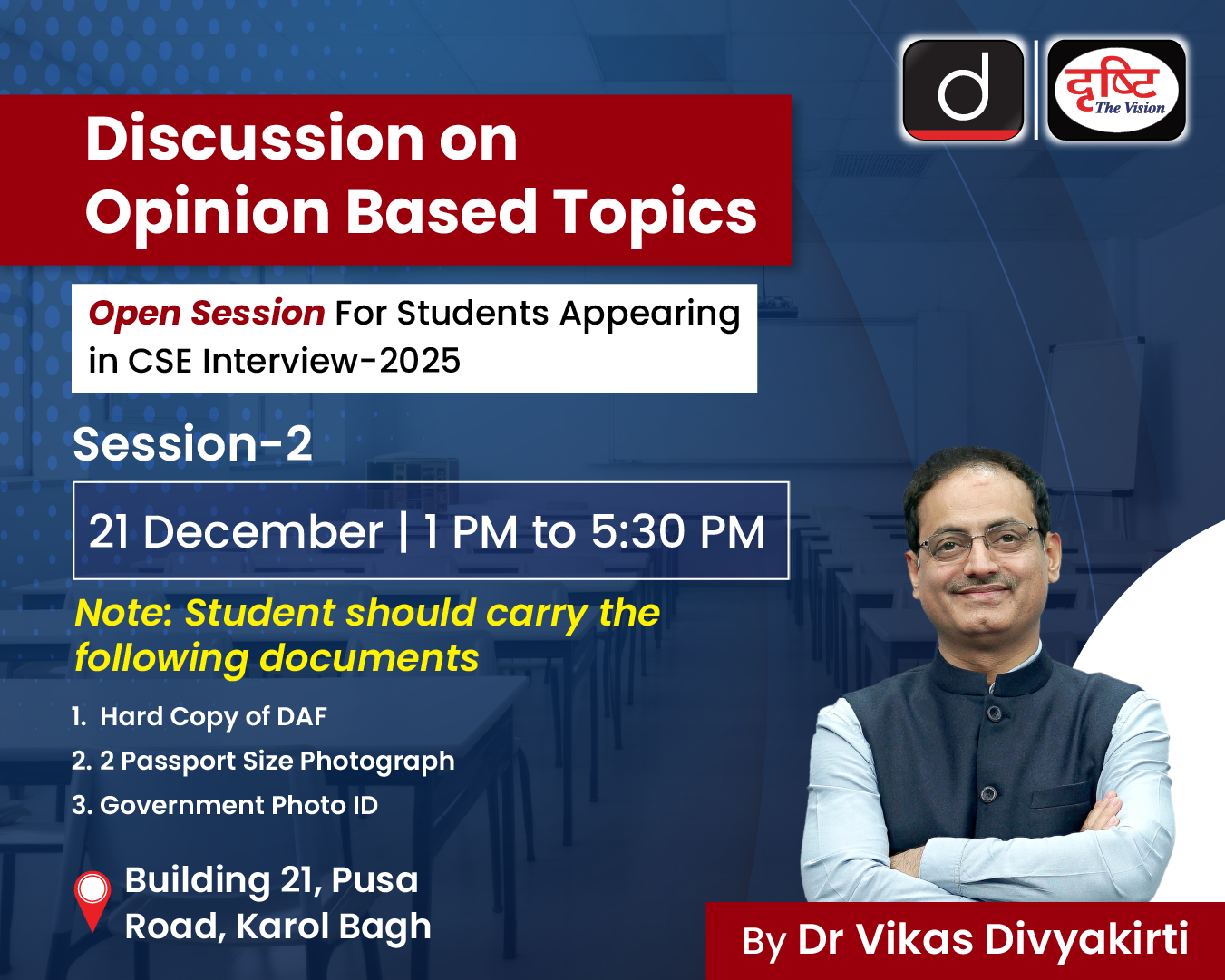-
Q. Analyse the factors contributing to insurgency in India’s North-Eastern states and assess the effectiveness of government interventions and peace accords in the past decade. (250 words)
24 Sep, 2025 GS Paper 3 Internal SecurityApproach :
- Provide a brief introduction to the issue of insurgency in India’s North-Eastern states.
- Analyse the factors contributing to insurgency in India’s North-Eastern states.
- Assess the effectiveness of government interventions and peace accords in the past decade.
- Conclude with a suitable way forward.
Introduction:
India’s North-East, comprising eight states and sharing over 5,400 km of international borders with China, Myanmar, Bangladesh, and Bhutan, has historically been a hotspot of insurgency. Ethnic diversity, political alienation, and socio-economic neglect have fueled unrest. While the Ministry of Home Affairs reports an 80% decline in insurgency incidents between 2014 and 2023, underlying causes remain unresolved, making the issue a critical concern for internal security and national integration.
Body:
Factors Contributing to Insurgency :
- Historical-Political Alienation:
- Colonial-era policies of “excluded areas” created mistrust toward mainstream governance.
- Post-independence, delayed political integration and arbitrary state boundaries fueled separatist aspirations (e.g., Naga independence demand, ULFA’s Assam sovereignty).
- Ethnic Identity and Demographic Concerns:
- Over 200 ethnic groups with distinct languages and traditions.
- Fear of demographic dilution from migration, particularly from Bangladesh into Assam and Tripura, driving movements like the Assam Agitation (1979–85) and current NRC-CAA protests.
- Socio-Economic Marginalisation:
- North-East contributes only around 3% to India’s GDP despite its strategic location.
- High unemployment among the youth population.
- Perceptions of resource exploitation: crude oil in Assam and hydroelectric projects in Arunachal, with limited local benefits.
- Geographical and External Factors:
- Porous borders facilitate arms, narcotics, and insurgent movement.
- Myanmar’s Sagaing region long served as a safe haven for Naga and Manipuri insurgents.
- Chinese alleged support in the 1960s–70s to Naga groups still influences perceptions.
- Governance Deficit and Security Concerns:
- Excessive use of AFSPA (1958) created mistrust; allegations of human rights violations persist.
- Weak institutions and corruption hinder grievance redressal.
- Inter-ethnic tensions, like the 2023 Manipur conflict, highlight fragile governance mechanisms.
Government Interventions and Peace Accords (2014–2024)
- Peace Agreements:
- Bodo Accord (2020): Created Bodoland Territorial Region (BTR), greater autonomy, development funds.
- Naga Framework Agreement (2015): Recognized Naga distinct identity; negotiations on flag/constitution unresolved.
- Karbi Anglong Agreement (2021): Over 1,000 cadres laid down arms, with enhanced autonomy provisions.
- Security Measures:
- AFSPA was revoked from large parts of Assam, Nagaland, and Manipur (2022–23).
- Intensified counter-insurgency operations, border fencing, and better coordination with Myanmar and Bangladesh.
- Development and Connectivity Push:
- Act East Policy linked the North-East to ASEAN markets.
- North-East Special Infrastructure Development Scheme (NESIDS) and PM-DevINE targeted roads, healthcare, renewable energy.
- Bogibeel Bridge, Dhola-Sadiya Bridge, and Kaladan Multi-Modal Project improved connectivity.
- Institutional Mechanisms:
- Strengthened North Eastern Council (NEC).
- Enhanced devolution through Finance Commissions and Ministry of Development of North Eastern Region (DoNER) allocations.
Effectiveness:
- Achievements:
- Insurgency incidents reduced by 80%, civilian deaths fell by 90% between 2014–2023.
- Over 9,000 militants surrendered in the last decade.
- AFSPA rollback to many areas improved trust.
- Limitations:
- Naga issue unresolved; peace talks stalled on core demands.
- Ethnic violence in Manipur (2023) revealed deep-rooted identity conflicts.
- Overemphasis on security; development often uneven or delayed.
- Border management remains weak; Golden Triangle drug trade rising.
Conclusion:
While accords and developmental pushes have shown results, sustainable peace requires addressing identity, governance, and livelihood concerns. A multi-pronged approach, political dialogue, economic empowerment, cultural recognition, and robust security cooperation, remains the only viable path to lasting peace in the North-East.
To get PDF version, Please click on "Print PDF" button.
Print PDF





